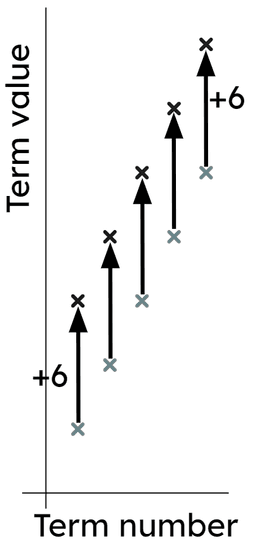Myths about teaching can hold you back


- Year 8
Representing sequences graphically
I can represent arithmetic sequences graphically and appreciate the common structure.


- Year 8
Representing sequences graphically
I can represent arithmetic sequences graphically and appreciate the common structure.
These resources were made for remote use during the pandemic, not classroom teaching.
Switch to our new teaching resources now - designed by teachers and leading subject experts, and tested in classrooms.
Lesson details
Key learning points
- The terms in a sequence can be written as coordinates.
- The coordinates can be plotted on a grid.
- Arithmetic sequences have common structures.
- Other sequences might have common structures you can investigate.
Keywords
Arithmetic sequence - An arithmetic (or linear) sequence is a sequence where the difference between successive terms is a constant.
Common misconception
When plotting sequences, a line must be drawn through the points.
Plot (1,5), (2,10), (3,15), draw a line and find other coordinates. When n = 1.5 the term value is 7.5. Is 7.5 in the sequence 5n??
To help you plan your year 8 maths lesson on: Representing sequences graphically, download all teaching resources for free and adapt to suit your pupils' needs...
To help you plan your year 8 maths lesson on: Representing sequences graphically, download all teaching resources for free and adapt to suit your pupils' needs.
The starter quiz will activate and check your pupils' prior knowledge, with versions available both with and without answers in PDF format.
We use learning cycles to break down learning into key concepts or ideas linked to the learning outcome. Each learning cycle features explanations with checks for understanding and practice tasks with feedback. All of this is found in our slide decks, ready for you to download and edit. The practice tasks are also available as printable worksheets and some lessons have additional materials with extra material you might need for teaching the lesson.
The assessment exit quiz will test your pupils' understanding of the key learning points.
Our video is a tool for planning, showing how other teachers might teach the lesson, offering helpful tips, modelled explanations and inspiration for your own delivery in the classroom. Plus, you can set it as homework or revision for pupils and keep their learning on track by sharing an online pupil version of this lesson.
Explore more key stage 3 maths lessons from the Sequences unit, dive into the full secondary maths curriculum, or learn more about lesson planning.

Licence
Prior knowledge starter quiz
6 Questions
Q1.An arithmetic (linear) sequence has a __________ difference.
Q2.Which two pairs of coordinates are shown here?
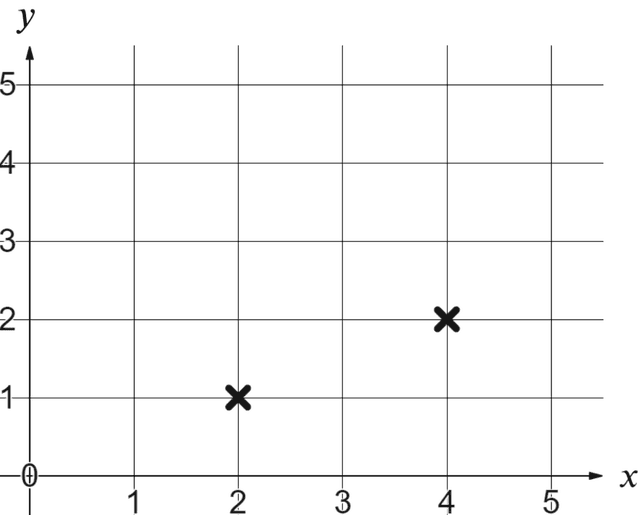
Q3.Match the letters with the correctly plotted coordinates.
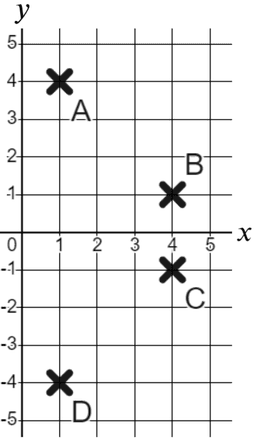
A -
$$(1,4)$$
B -
$$(4,1)$$
C -
$$(4,-1)$$
D -
$$(1,-4)$$
Q4.Which of these are true for this sequence?

Q5.Match the sequences with the common difference.
1, 8, 15, 22, ... -
+7
1, -6, -13, -20, ... -
-7
36, 30, 24, 18, ... -
-6
-39, -33, -27, -21, ... -
+6
0, 3, 7, 12, ... -
No common difference
-17, -9, -1, 7, ... -
+8
Q6.What is true of this set of coordinates?
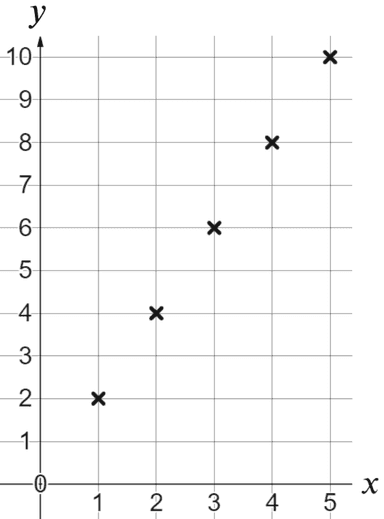
Assessment exit quiz
6 Questions
Q1.When you plot an arithmetic sequence graphically the coordinates form a straight line, hence they are also known as __________ sequences.
Q2.If you completed this table of values before plotting the arithmetic sequence $$2n-7$$ which values would you put in the 'Term value' places?

Q3.This is a table of values for the sequence $$4n-11$$. If you were going to graph this sequence which of these coordinates are correct?

Q4.Which sequence is represented by this graph?
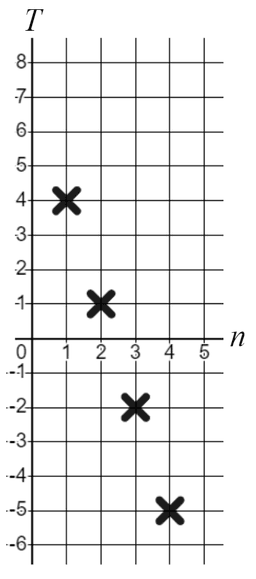
Q5.This structure represents which sequence?

Q6.The sequence $$3n$$ is translated by +6 in the vertical direction. What sequence is now shown?
